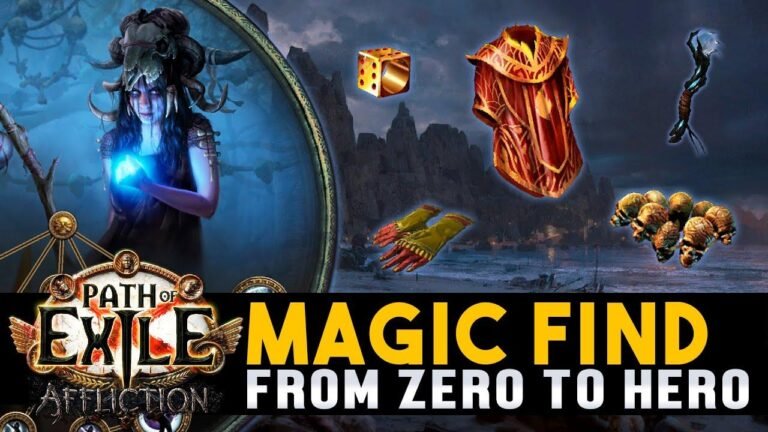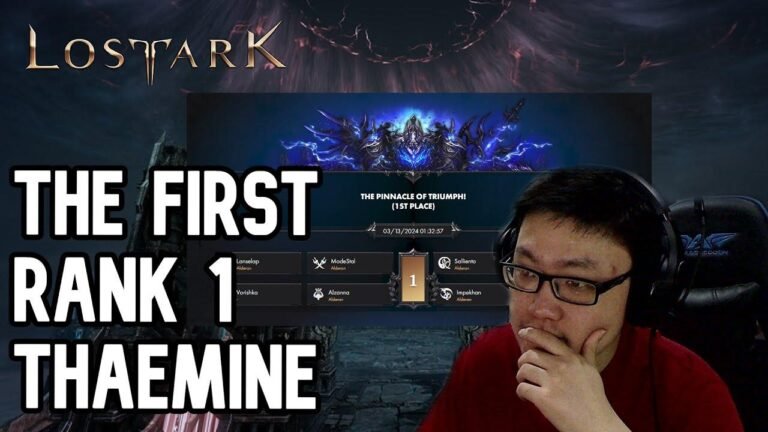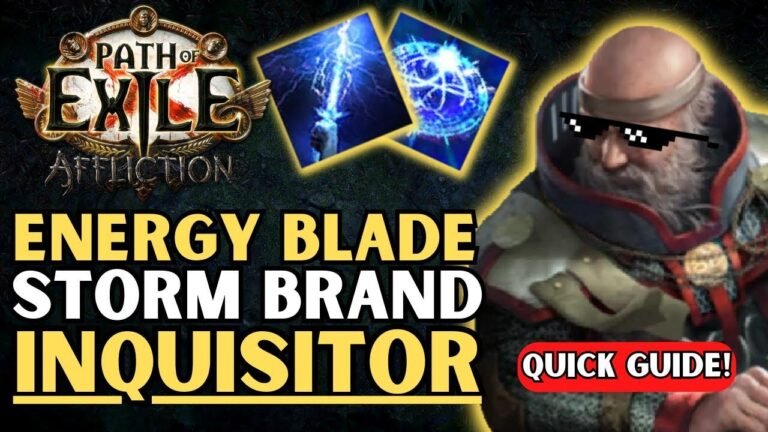Amon, the seventh demon in the grimoire Lesser Key of Solomon, is a formidable Marquis with an unconventional appearance. He can take on the form of a serpent-headed wolf or a man with dog's teeth and a raven's head. Amon can reveal past and future events, settle disputes, and rule 40 Legions of demons. His significance spans ancient Egyptian mythology to the views of 17th-century occultists. This reveals a captivating evolution in the perception of the supernatural over time. A fascinating journey indeed! 🔮
Key Takeaways 📚
Table of Contents
- Amon, the seventh demon from the Lesser Key of Solomon, has an unconventional appearance that led many to question the significance of his forms.
- The context of religious beliefs during the early modern period sheds light on the perceptions and use of demons as portrayed in the grimoire.
- The powerful nature of Amon is portrayed through his description, associations with Egyptian deities, and historical significance.
🧐 The Unconventional and Potent Amon: A Closer Look
[Music] Amon was known to be a Great and Mighty Marquis that ruled 40 Legions of demons in the Underworld, each passage of the account in the grimoire Lesser Key of Solomon paints an enigmatic picture of his appearance and capabilities. Could there be a deeper meaning behind Amon's chosen manifestations?
As Oroa describes, Amon can manifest as a serpent-wolf hybrid, a serpent-hawk hybrid, or even a man with dog's teeth. The multifaceted nature of Amon's forms raises intriguing questions about the symbolism and significance behind the amalgamation of these features.
📖 Historical Context: A Glimpse into Early Modern Beliefs
The portrayal of demons in the Lesser Key of Solomon was heavily influenced by the religious beliefs of the early modern period. Despite the rise of the Renaissance and the Reformation, traditional doctrines about the existence of demons continued to shape perceptions of evil and the supernatural. The use of demons as depicted in the grimoire was influenced by the prevailing religious context of the time.
"This was a time when traditional doctrines were reaffirmed, including the existence of demons in the hopes that this would combat not only the Protestant Uprising but other perceived heresies including witchcraft."
📚 The Potent Entity and its Influential Sphere
In Ars Goetia, the seventh spirit is introduced as Amon, a marquis with great power and stern charisma. Amon’s complex appearance and solemn nature are detailed, suggesting that he is not a benign entity to be summoned lightly. However, beneath his formidable aura lies a fascinating potential for aiding those who seek his services.
We are led to believe that Amon can tell all things past and future, procure feuds, and reconcile controversies between friends. With such powerful abilities, Amon signifies a potent link between the supernatural and human desires.
🌌 Amon’s Legacy and Mythological Connections
Through detailed accounts by occultists such as Colin Deany and Johan we, Amon’s character as a demon takes on multifaceted dimensions. His associations with Egyptian deities, the mythos of the pantheon, and his prowess echo through historical representations that transcend religious boundaries. Even the ancient Egyptians revered a deity known as Amon, shedding light on the timeless relevance of this enigmatic figure.
"The dynamic interplay between religion, folklore, and human psyche endows demons like Amon with a rich tapestry of historical significance."






![Sure, here’s the rewritten text:
“[Lost Ark] An Overview of the Gunslinger (Peacemaker) Class”
Let me know if you need further assistance!](https://gamedeck.in/wp-content/uploads/2024/03/WP-20240322040007-032079-768x432.jpg)